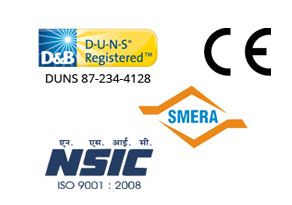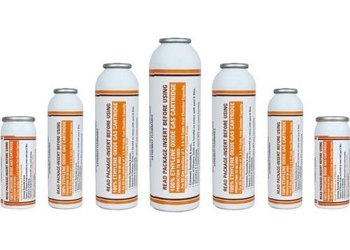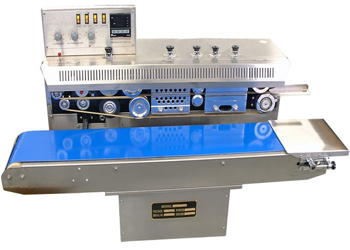ETO sterilization plays a crucial role in infection control, especially in hospitals and healthcare facilities. In remote and rural areas, access to advanced sterilization techniques is often limited, creating challenges in maintaining medical hygiene standards. Ensuring safe and effective sterilization of surgical instruments, diagnostic tools and medical devices in these settings requires innovative solutions.
Rural healthcare facilities often struggle with infrastructure limitations, lack of trained personnel and restricted access to sterilization equipment. Despite these challenges, ethylene oxide sterilization offers a viable solution for disinfecting heat-sensitive medical tools that cannot withstand traditional high-temperature sterilization methods.
This article explores the challenges faced by remote healthcare facilities in implementing ETO sterilization, the benefits of the ETO sterilizer process and potential solutions to improve sterilization in underserved regions.
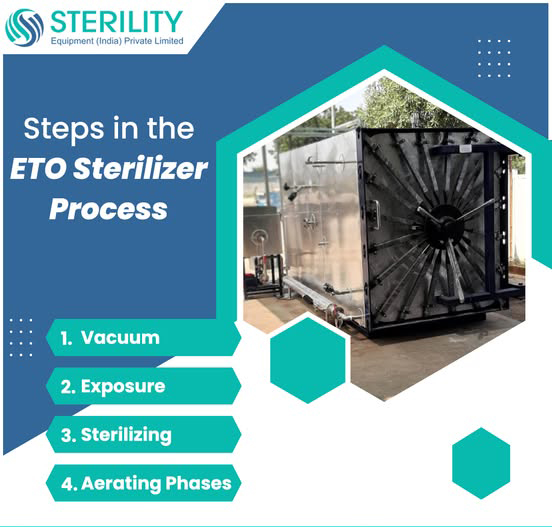
Challenges of ETO Sterilization in Remote and Rural Healthcare Facilities
Limited Access to Sterilization Equipment
Many rural healthcare centers lack access to ETO sterilizers due to high costs, lack of suppliers and inadequate infrastructure. Hospitals in these areas rely on outdated sterilization methods, increasing the risk of infections.
Inconsistent Power Supply
ETO sterilization requires precise temperature, humidity and pressure control to ensure effective sterilization. Power fluctuations in rural regions may disrupt sterilization cycles, compromising sterility assurance levels (SAL).
High ETO Sterilizer Price and Maintenance Costs
The ETO sterilizer price varies depending on chamber size, automation and gas consumption. Many rural healthcare facilities struggle with the cost of purchasing and maintaining sterilization equipment.
Lack of Trained Personnel
Operating an ETO sterilizer process requires technical expertise to handle ethylene oxide gas safely, maintain proper sterilization cycles and ensure regulatory compliance. Many remote hospitals lack trained sterilization professionals, increasing risks associated with improper sterilization.
Regulatory and Safety Concerns
ETO sterilization must adhere to strict regulatory guidelines due to the chemical properties of ethylene oxide gas. Ensuring compliance in remote facilities is challenging, especially when resources for training and safety monitoring are limited.
Why ETO Sterilization is Essential for Rural Healthcare?
Effective Sterilization for Heat-Sensitive Instruments
Rural healthcare facilities often use plastic, rubber and electronic medical devices that cannot withstand high-temperature sterilization. ETO sterilizer process is one of the few methods that can effectively sterilize these delicate materials without damage.
Long-Term Sterility of Medical Equipment
In remote hospitals where frequent restocking of sterile instruments is difficult, ethylene oxide sterilization ensures that sterilized instruments remain contamination-free for extended periods. This is particularly useful in facilities with limited storage and procurement resources.
Reducing the Risk of Healthcare-Associated Infections (HAIs)
Healthcare-associated infections are a major concern in resource-limited settings. Proper sterilization using ETO sterilizers significantly reduces the spread of bacterial, viral and fungal infections in rural hospitals and clinics.
Cost Efficiency for High-Volume ETO Industry
Although the ETO sterilizer price can be high, it provides cost savings in the long run by allowing batch sterilization of large quantities of medical instruments, surgical tools and laboratory equipment.
Solutions to Improve ETO Sterilization in Remote Healthcare Facilities
Developing Low-Cost ETO Sterilizers for Rural Use
Medical equipment manufacturers are now designing compact, portable and cost-effective ETO sterilizers suitable for small hospitals and mobile clinics. These sterilizers require lower gas consumption and can operate efficiently in resource-limited environments.
Solar-Powered and Energy-Efficient ETO Sterilizers
To address power supply challenges, some companies are developing solar-powered sterilizers that ensure continuous sterilization cycles in areas with unreliable electricity.
Government Subsidies and Funding Programs
Many governments and health organizations are supporting affordable sterilization solutions by offering subsidies, grants and financial incentives to rural healthcare providers investing in ETO sterilization.
Training Healthcare Workers on ETO Sterilizer Process
Healthcare facilities must invest in training programs for medical professionals to safely operate and maintain ETO sterilizers. Online training courses and remote technical support can help bridge knowledge gaps.
Future of ETO Sterilization in Remote Healthcare Settings
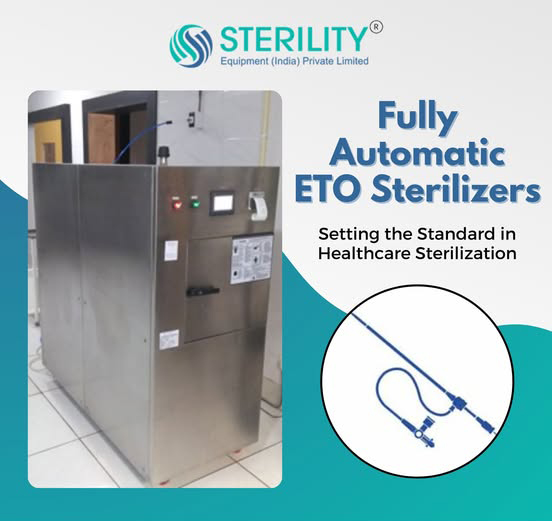
Advancements in Automated ETO Sterilization
New automated ETO sterilizers require minimal human intervention, reducing operational challenges in remote hospitals. These sterilizers can self-regulate temperature, humidity and aeration cycles for improved efficiency.
Miniature and Portable ETO Sterilizers
Companies are developing smaller, lightweight ETO sterilizers that can be used in field hospitals, disaster relief operations and small medical centers.
Affordable ETO Sterilizer Price for Rural Markets
As demand for ETO sterilization grows, manufacturers are working on cost-effective models with low gas consumption and simplified maintenance requirements to serve rural healthcare providers.

Conclusion
The role of ETO sterilization in remote and rural healthcare facilities is more critical than ever. With limited access to advanced medical resources, proper sterilization remains a key factor in preventing infections and ensuring patient safety.
By overcoming challenges such as high ETO sterilizer price, power supply limitations and staff training issues, healthcare providers can implement effective sterilization protocols in underserved regions. As technology advances, compact and energy-efficient ETO sterilizers will continue to revolutionize hospital infection control in rural areas worldwide.

